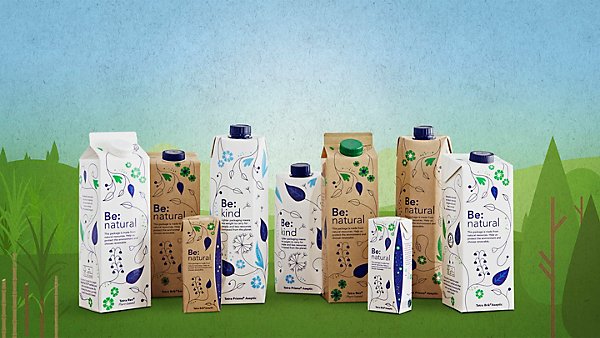Why responsibly sourced aluminium matters
With increasing demand for aluminium around the world, there needs to be a focus on sustaining a consistent supply while mitigating associated environmental and social impacts. By increasing the fibre content and reducing the plastics and aluminium, our packaging becomes more attractive to paper mills and fibre recyclers, and easier to recycle.
To help achieve more responsibly sourced aluminium, we co-founded the Aluminium Stewardship Initiative (ASI), a global, non-profit standard-setting and certification organisation which has established a global standard that addresses GHG emissions, water use, biodiversity, human and labour rights and OHS. Our aluminium foil suppliers are required to become members and be certified for production and supply chain standards.
1Full traceability refers to the tracking of a product throughout its production, processing and distribution phases, from the procurement of the raw materials for its manufacture until it reaches the end consumer.



